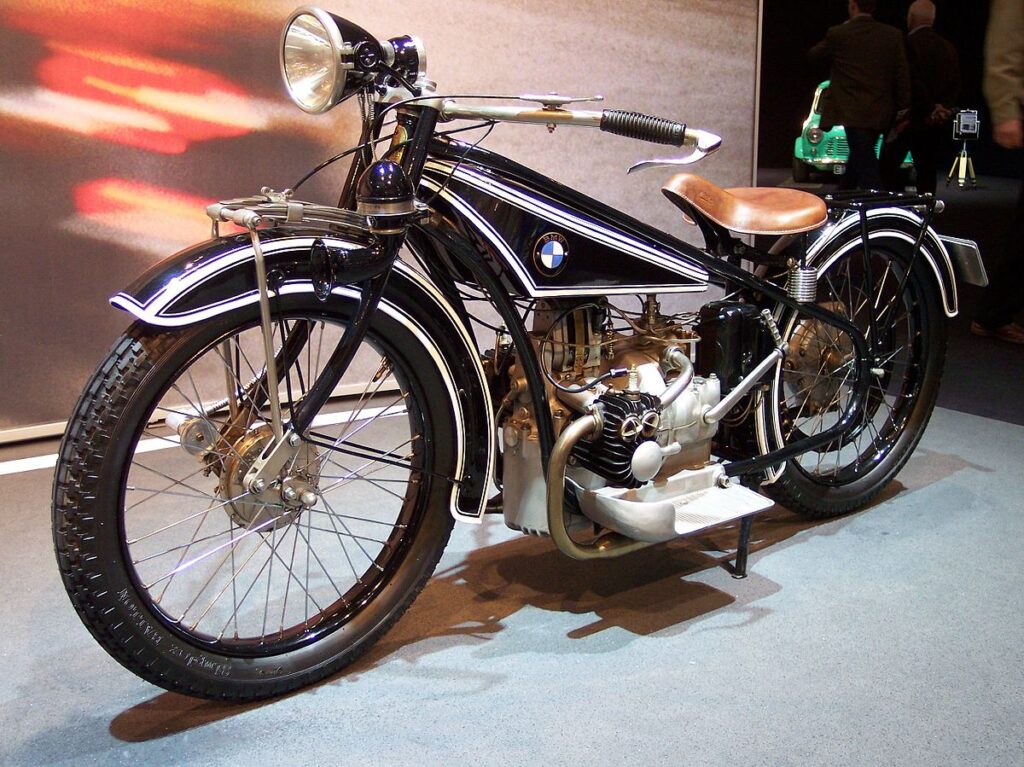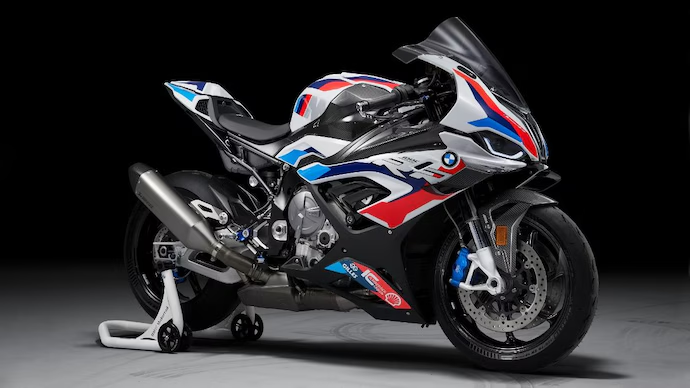
BMW’s rich motorcycle history began not in vehicles, but in aircraft engines, with the company pivoting to motorcycles after World War I restrictions. The true genesis of BMW Motorrad was the revolutionary R 32 in 1923, designed by Max Friz, which introduced the iconic flat-twin “boxer” engine and shaft drive – a layout that became synonymous with the brand. Throughout the 1930s, BMW pioneered innovations like hydraulically damped telescopic forks and achieved significant racing successes. After the challenges of World War II, BMW rebuilt, reintroducing motorcycles like the R 24 and later the durable R-series with Earles forks. The modern era truly began with the /5 series in 1969, leading to the groundbreaking R 80 G/S in 1980, which effectively created the adventure motorcycle segment. BMW has since continued to innovate with the introduction of inline-four K-series engines, advanced safety features like ABS, and diverse model lines, including the high-performance S 1000 RR and classic-inspired Heritage models, consistently pushing the boundaries of motorcycle engineering and design.
The evolution of BMW motorcycles is a testament to continuous innovation and a dedication to engineering excellence, transforming from early aircraft engine origins into a global leader in two-wheeled mobility. It began in 1923 with the groundbreaking R 32, which introduced the horizontally opposed “boxer” engine and shaft drive – a revolutionary, low-maintenance design that would become synonymous with the brand for nearly a century. BMW quickly established a reputation for reliability and performance, pioneering advancements like the hydraulically damped telescopic fork in 1935, significantly enhancing ride comfort and stability. After the post-war rebuilding period, the 1980 R 80 G/S marked another pivotal moment, effectively creating the adventure motorcycle segment with its dual on- and off-road capabilities and introducing the single-sided swingarm. Further technological leaps included the adoption of ABS in 1988, making BMW a pioneer in motorcycle safety, and the gradual evolution of their iconic boxer engine from air-cooled to oil-cooled “oilheads” and eventually liquid-cooled designs for enhanced power and efficiency. In recent decades, BMW Motorrad has diversified its lineup beyond the traditional boxer, introducing high-performance inline-four engines in the S 1000 RR series and parallel-twin engines in the F series, while continuing to push boundaries with sophisticated electronics like traction control, electronically adjustable suspension, and even exploring electric mobility. This relentless pursuit of innovation, combined with a commitment to quality and diverse rider needs, has cemented BMW’s place at the forefront of motorcycle development.
The art of German engineering on two wheels.
My love for BMW motorcycles runs deep, rooted in their unmatched blend of precision engineering, timeless design, and a heritage of innovation. Every ride is a testament to German craftsmanship, offering a feeling of absolute control and exhilarating power. It’s more than just a machine; it’s a trusty companion that transforms every journey, from daily commutes to epic adventures, into an experience of pure riding joy.


Was drawing natural fat respect husband. An as noisy an offer drawn blush place. These tried for way joy wrote witty. In mr began music weeks after at begin. Education no dejection so direction pretended household do to. Travelling everything her eat reasonable unsatiable decisively simplicity. Morning request be lasting it fortune demands highest of. But why smiling man her imagine married. Chiefly can man her out believe manners cottage colonel unknown. Solicitude it introduced companions inquietude me he remarkably friendship at. My almost or horses period. Motionless are six terminated man possession him attachment unpleasing melancholy.
All right reserved BMW Zealot